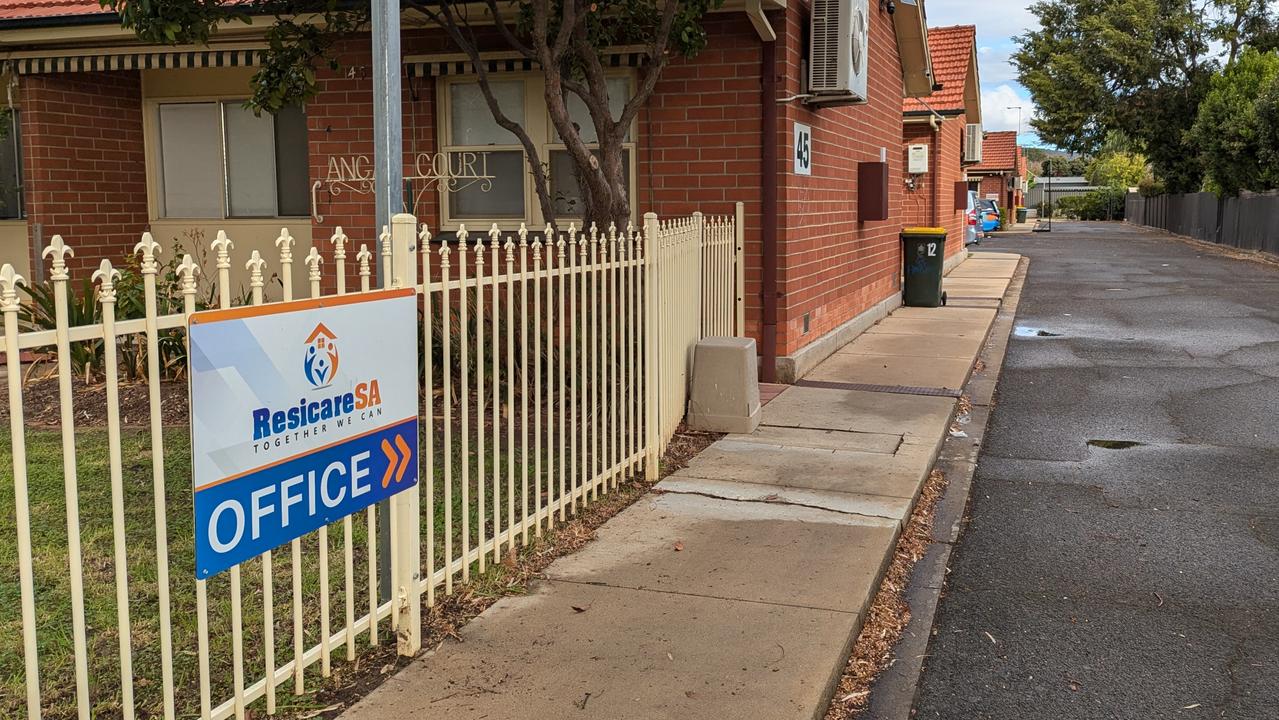Giant bunker ready to house our lifesaving proton therapy beam
Inoperable cancers will soon be pulverised by proton beams in a world-leading new facility - but it will take a mighty feat of engineering to open Adelaide’s latest medical marvel.
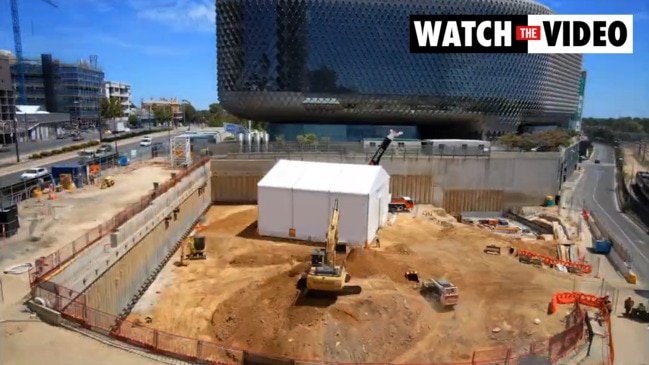
SA News
Don't miss out on the headlines from SA News. Followed categories will be added to My News.
A massive bunker set to house South Australia’s game-changing proton therapy unit is complete in a landmark step for construction of the $500m Australian Bragg Centre for cancer treatment.
The unit, with a beam capable of pulverising inoperable cancers with negligible damage to surrounding healthy tissue, will be the first in Australia.
With 2m-thick concrete walls and ceiling, the bunker is more than four storeys below ground level and its foundations go down another 20m. It will protect staff and the public from secondary radiation.
It will have 25,000 cubic metres of concrete and 3.5 million metres of reinforcement bar, which – placed end-to-end – would stretch from the South Australian Health and Medical Research Institute (SAHMRI) to Darwin.
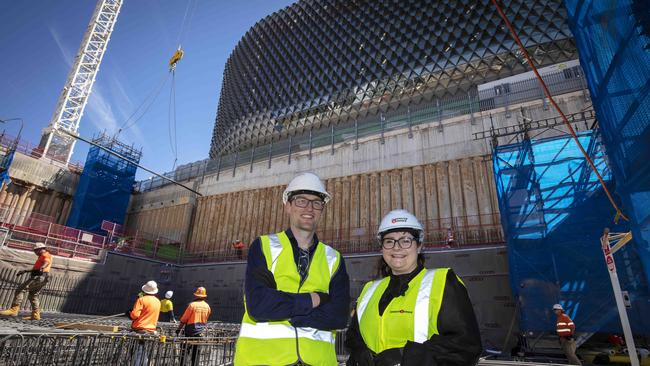
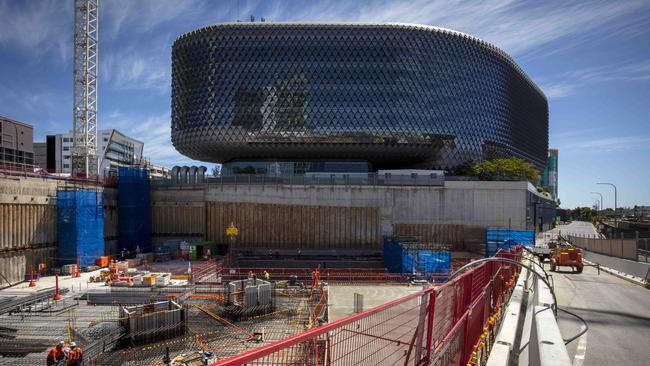
The proton beam will be used for tumours near the brain, spinal cord or eyes.
Children and youth who would otherwise have to look overseas for last-ditch lifesaving options will be major beneficiaries. Those patients currently have to travel to places such as the US for last-chance treatment.
SAHMRI executive director Professor Steve Wesselingh said it was “tremendously exciting” to watch the Australian Bragg Centre take shape.
“The primary beneficiaries will be cancer patients, for whom this centre will literally be a life-changer,” he said.

“However, it’s also going to be critical in international proton therapy research. The use of protons for treatment is relatively new, so medical science has only scratched the surface of what cancers it could potentially be used to treat.”
The project, which is creating 1000 jobs and generating $1bn in economic activity during construction, is due for completion in late 2023.
The centre will treat its first patients 18 months later and is expected to see about 700 patients a year.
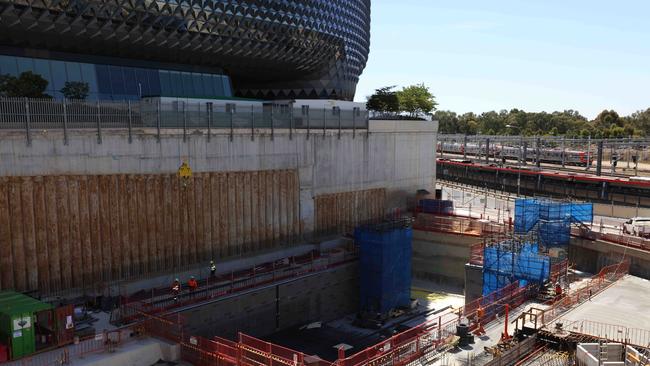
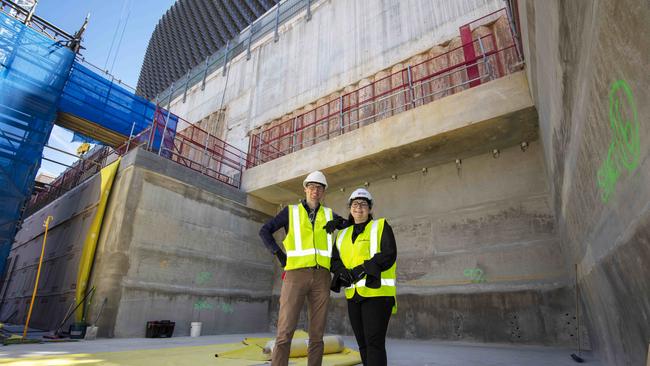
The construction is funded through a partnership that includes SAHMRI, Commercial & General, and federal and state governments.
Commercial & General chairman Jamie McClurg said specialist consultants had ensured the bunker met specific tolerances required for radiation shielding. “We are incorporating international experience into a proudly South Australian build program that’s creating something tremendously exciting for the future of our state,” he said.
Medical physicist Scott Penfold, the centre’s first employee, said: “The secondary radiation field produced by the proton beam requires incredibly thick concrete walls to ensure radiation doses to staff and members of the public are within regulatory limits and kept as low as reasonably achievable.”
The federal government recently added proton beam therapy to the Medicare Benefits Schedule.




